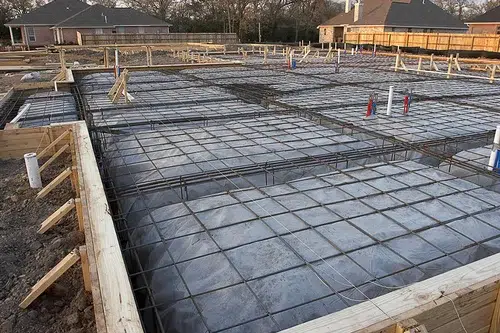When undertaking concrete construction projects, the utmost priority lies in ensuring a sturdy and durable foundation. One essential technique to achieve this is by using polythene sheets. These sheets act as a protective barrier, safeguarding the concrete from moisture, chemicals, and other potential hazards. In this comprehensive guide, we’ll delve into the why and how of using polythene sheets for concrete projects, ensuring your structures stand the test of time.
Why Use Polythene Sheets for Concrete?
Moisture Protection:
Polythene sheets serve as an excellent moisture barrier, preventing water and moisture from penetrating the concrete. This is crucial as excess moisture can weaken the concrete’s integrity, leading to cracks and structural damage over time.
Chemical Resistance:
In construction sites, concrete is often exposed to various chemicals that can corrode its surface. Polythene sheet act as a protective shield, ensuring the concrete remains unaffected by chemicals and retains its strength and durability.
Curing Enhancement:
By covering freshly poured concrete with polythene sheets, the curing process is significantly improved. The sheets trap moisture, allowing for a slower and more controlled curing process, which results in a more robust concrete structure.
Temperature Regulation:
Polythene sheet help regulate the temperature of curing concrete, preventing rapid temperature fluctuations that may otherwise compromise its strength. This is particularly beneficial in extreme weather conditions.
How to Use Polythene Sheets for Concrete?
To ensure the effective usage of polythene sheet for your concrete project, follow these steps:
Surface Preparation:
Before laying the concrete, ensure the surface is clean, level, and free from any debris. Clear the area of any sharp objects that could puncture the polythene sheet.
Placing the Polythene Sheet:
Once the surface is prepared, roll out the polythene sheet over the entire area where the concrete will be poured. Ensure there is enough overlap between the sheets to create a seamless and continuous barrier.
Securing the Sheets:
Use tapes or weighted objects to secure the edges and corners of the polythene sheet. This will prevent them from shifting during the concrete pouring process.
Pouring Concrete:
With the polythene sheet in place, proceed with pouring the concrete as per your construction plan. The sheets will serve as a reliable shield, protecting the concrete from moisture and other potential threats.
Curing the Concrete:
After the concrete is poured, cover it entirely with a polythene sheet. Secure the sheets in place to maintain consistent moisture levels during the curing process.
2.6 Monitoring and Removal:
Regularly monitor the concrete to ensure it cures correctly. Once the curing period is complete, carefully remove the polythene sheets, ensuring not damage the concrete surface.
Conclusion
Integrating polythene sheets into your concrete construction endeavors presents a straightforward yet powerful technique for augmenting the structures’ strength, durability, and lifespan. By providing essential moisture protection, chemical resistance, and controlled curing, polythene sheets play a vital role in ensuring your concrete stands the test of time.
Embrace the power of polythene sheets and witness the difference they can make in your next concrete project.
Keep in mind that a strong foundation is the cornerstone of a prosperous and enduring structure.

